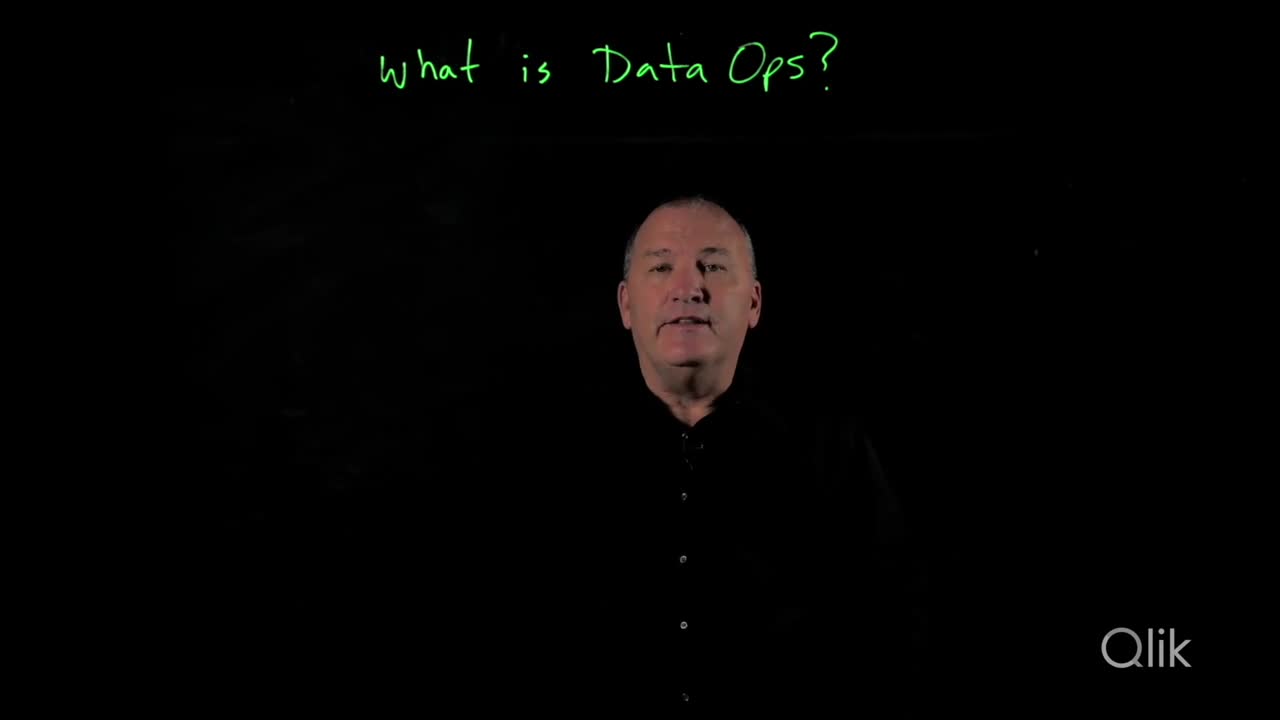

Clear operational hurdles to accelerate analytics-ready data and insights

Here are the key elements:
Break down silos and foster cross-functional teamwork.
Collaborate, automate, and be agile throughout the data lifecycle.
Continually improve the process through feedback loops and monitoring.
By adopting data operations practices, your organization can achieve faster time to value, consistent data quality, and better data-driven decision-making.


DataOps employs agile processes for data governance and analytics development and DevOps processes for code optimization, product builds, and delivery. In addition to building new code, streamlining and improving the data warehouse are crucial. Data operations uses statistical process control (SPC) to monitor the data analytics pipeline, ensuring statistics remain within feasible ranges, increasing data processing efficiency and quality. SPC alerts data analysts to anomalies or errors for quick response.

Plan: Partner with product, engineering, and business teams to establish KPIs, SLAs, and SLIs for data quality and availability.
Develop: Create data products and machine learning models for your data application.
Build: Incorporate the code and/or data product into your existing tech or data stack.
Manage Environments: Manage data to maximize its value through strategies such as segregating environments, collaborating across branches, and setting environment variables.
Test: Verify that your data conforms to business logic and meets operational standards.
Release: Launch your data in a test environment.
Deploy: Integrate your data into production.
Operate: Utilize your data in applications such as dashboards and data loaders for machine learning models.
Monitor: Continuously observe and report any irregularities in your data.
Data-driven transformation requires an agile approach across the entire data supply chain, from your infrastructure to your processes and people. DataOps helps you bring all those elements together, accelerating cycle times and improving performance with the potential to transform your organization in a number of ways:

To become truly data-driven, agility and real-time insights are key. Data operations allows you to move data as it’s changed, in real time. Automating manual tasks reduces analytics cycle time, freeing resources for higher-level focus. And flexible integration solutions let IT change a source or target without disrupting the infrastructure – so you can stay agile as technology evolves.

DataOps lets you make vetted, governed data universally accessible. Instead of limiting analytical insights to data scientists, you can extend them to a broad set of line-of-business users with focused expertise. And this includes users at the front lines and edges of the business – via mobile devices, IoT, and at any point of customer interaction – helping optimize operations and customer experiences.

Smart data catalogs, data indexes, and other tools enable IT to design a modern governance process with the access controls needed to avoid data-decision variability and chaos. And IT can achieve scale and agility by leaving data in lakes, warehouses, and other repositories on-premise and in the cloud. This gives users timely access to enterprise-ready data while layering in quality assurance with role and responsibility designations that bring more of the right data to the right people at the right time.

DataOps makes it faster and easier for data scientists and business analysts to join forces – and for discrete business units to collaborate around the analysis of data and sharing of results. In fact, data operations is a great vehicle for creating the long-sought-after business/IT alignment that tends to be elusive as companies grow. And unlike traditional task forces that tackle niche issues, data operations affects the entire organization by delivering valuable data to every business user when they need it, in a consumable and governed way.

Data literacy is quickly becoming a strategic initiative for CIOs, CDOs, and other C-level executives. Half the battle is closing the skills gap. The other half is making trusted data as easy as possible to access, use, and mine for insights – for the entire spectrum of users. Modern data integration and management can rapidly accelerate this process, centralizing control while democratizing access.
Qlik Data Integration automates real-time data streaming, cataloging, and publishing, so you can quickly find and free analytics-ready data — and take action on it.
